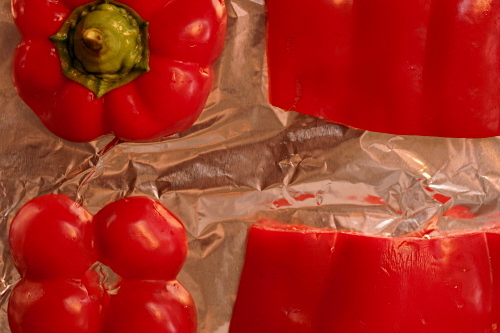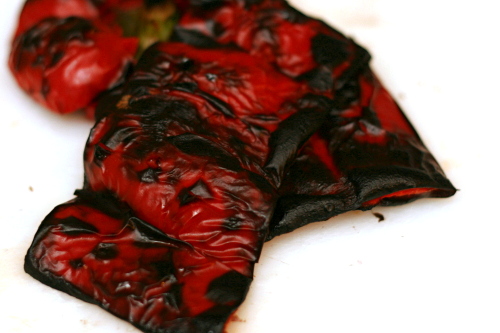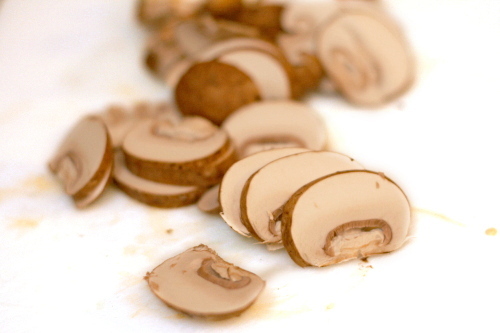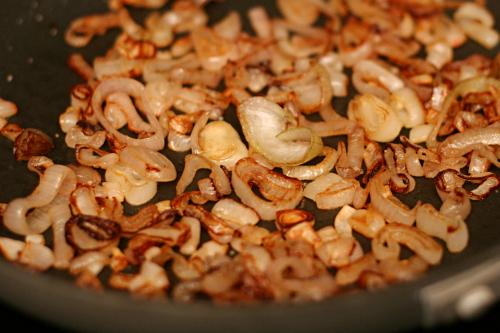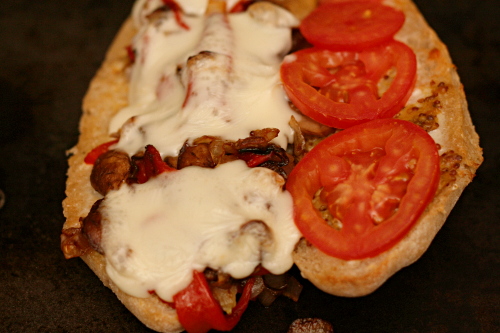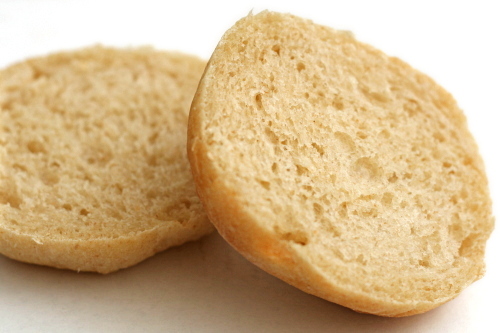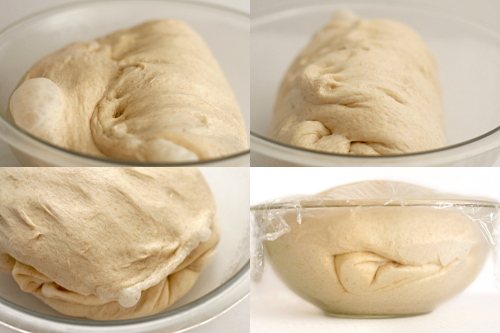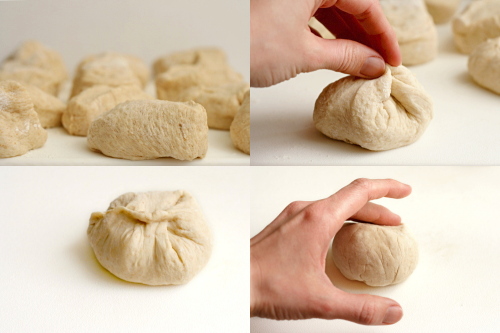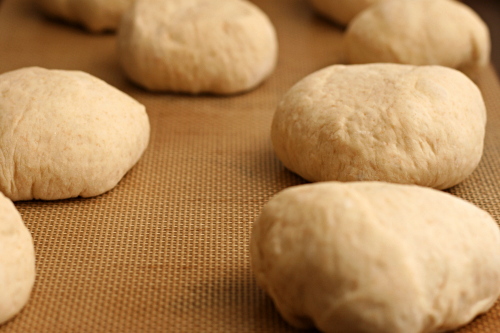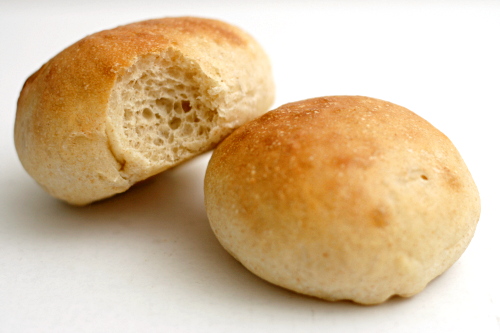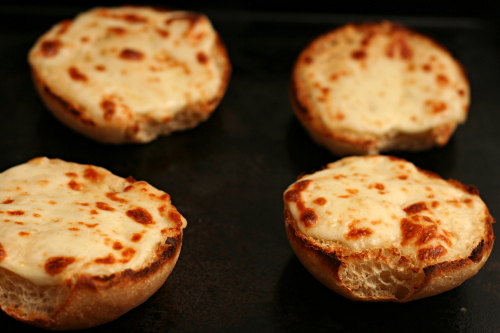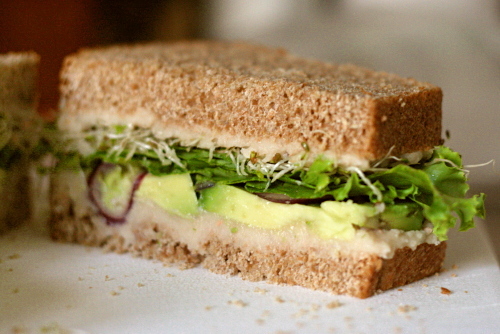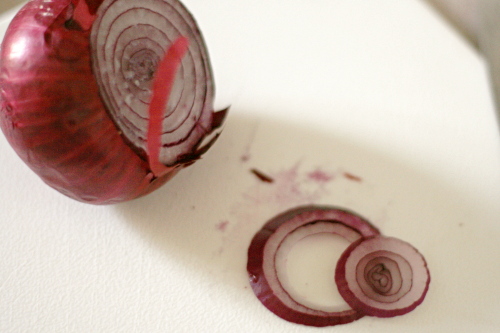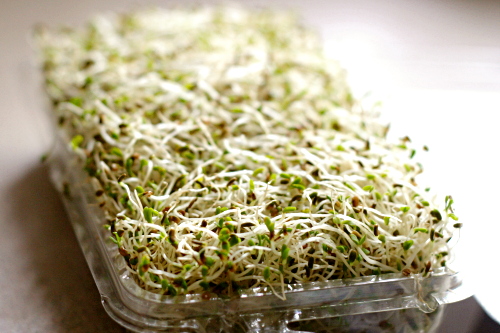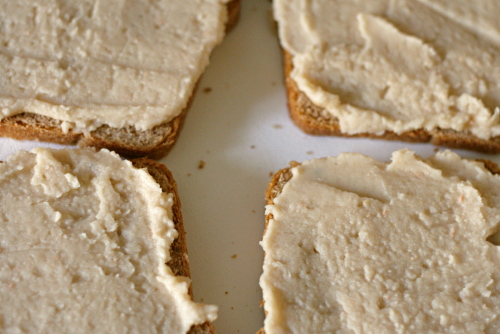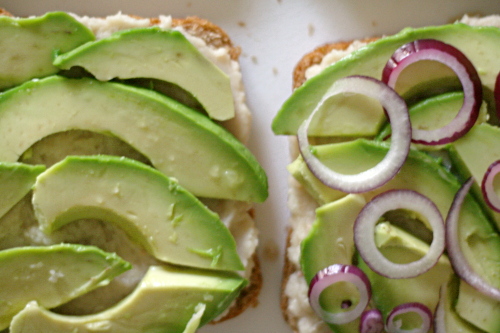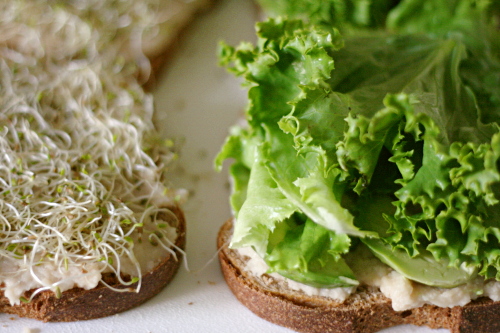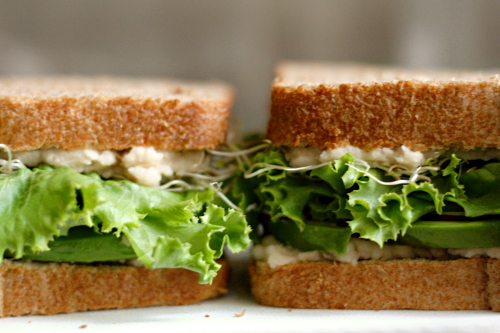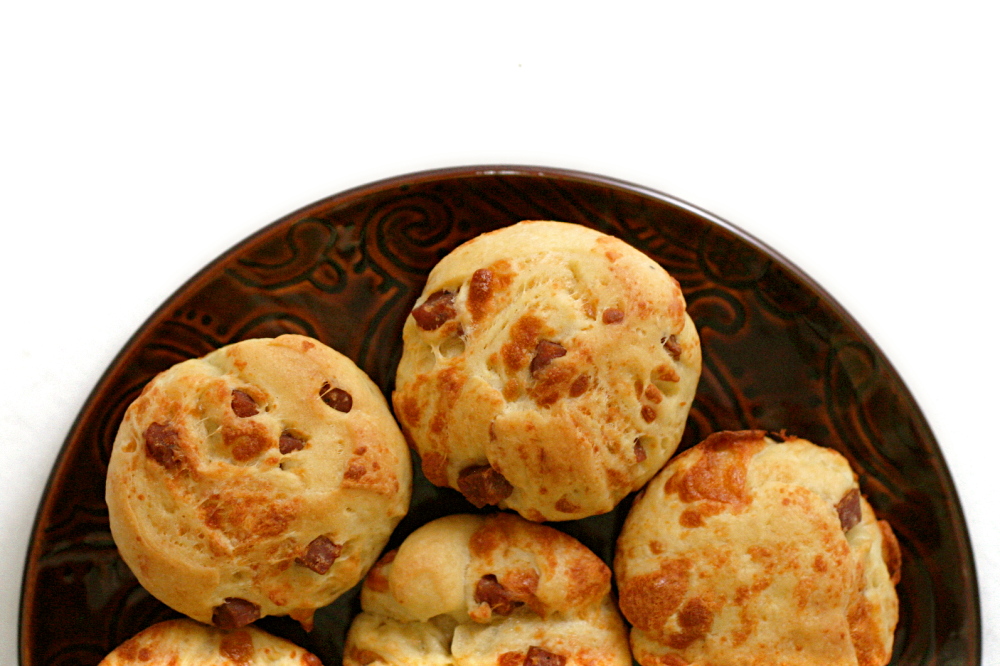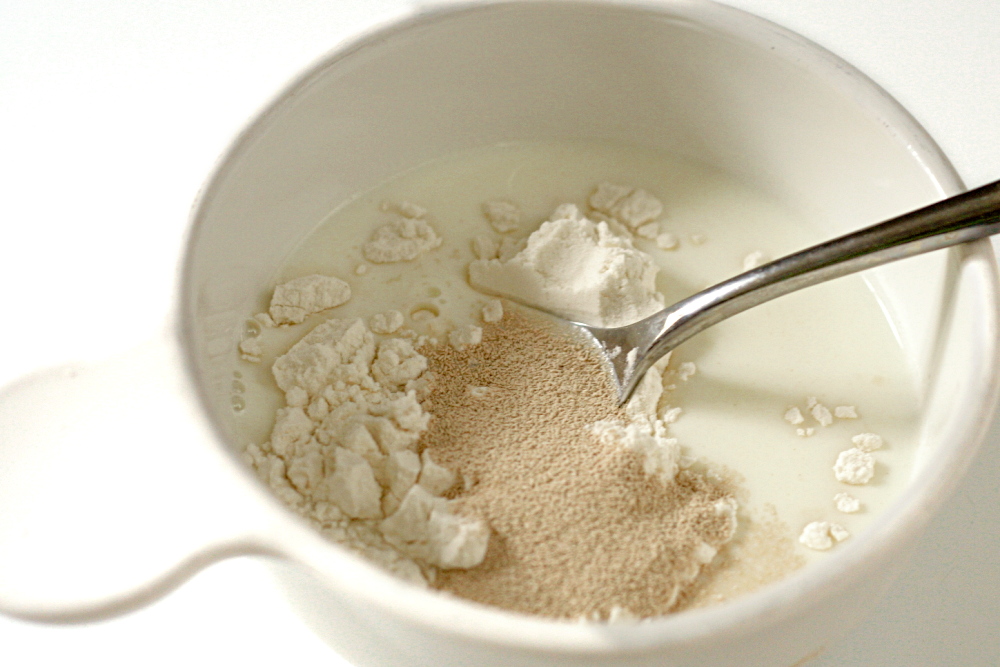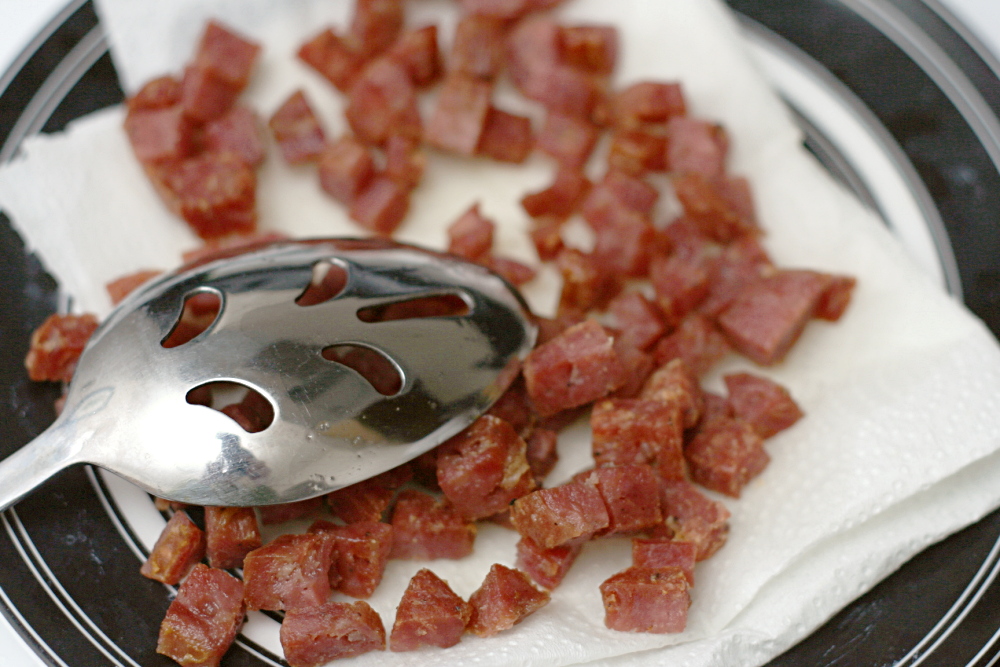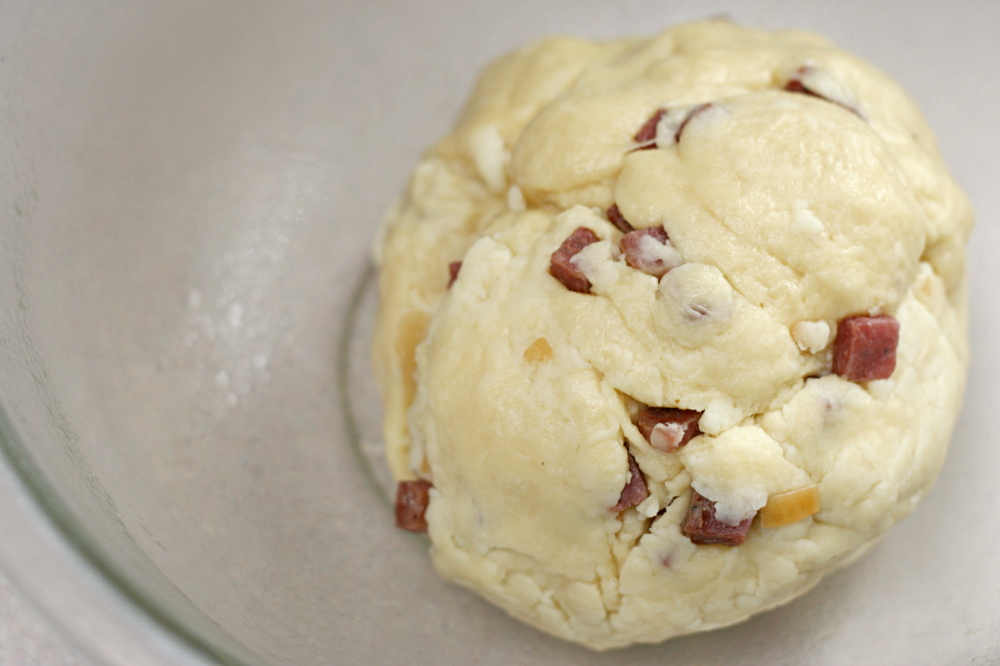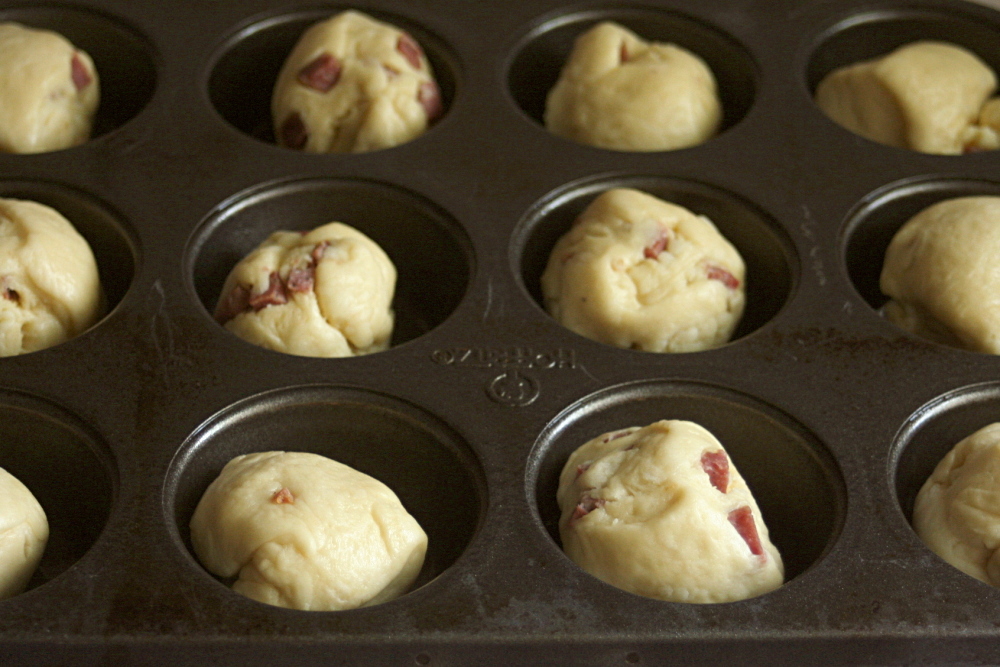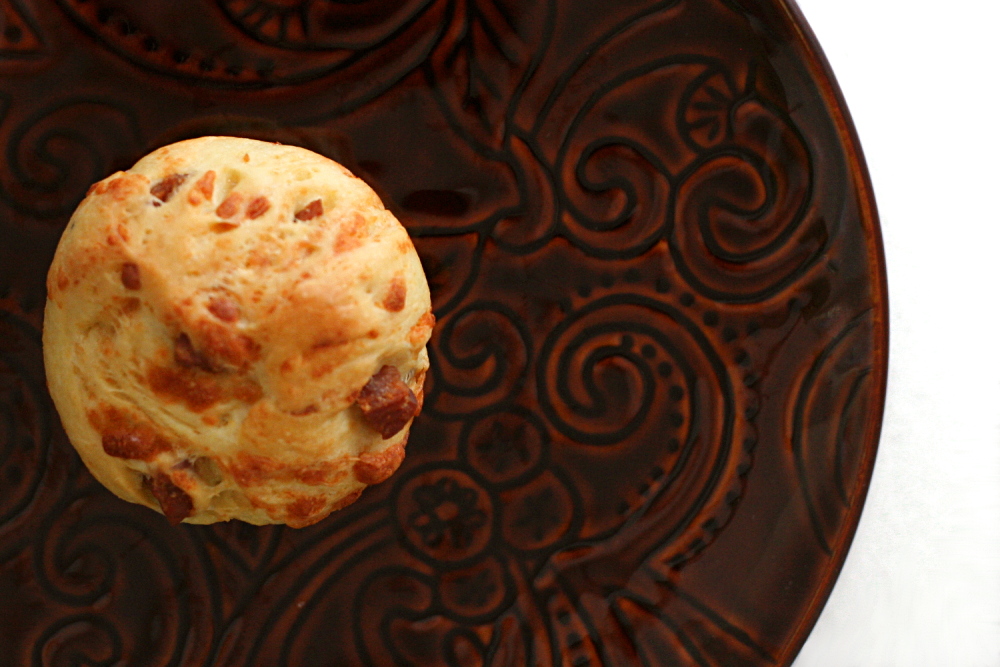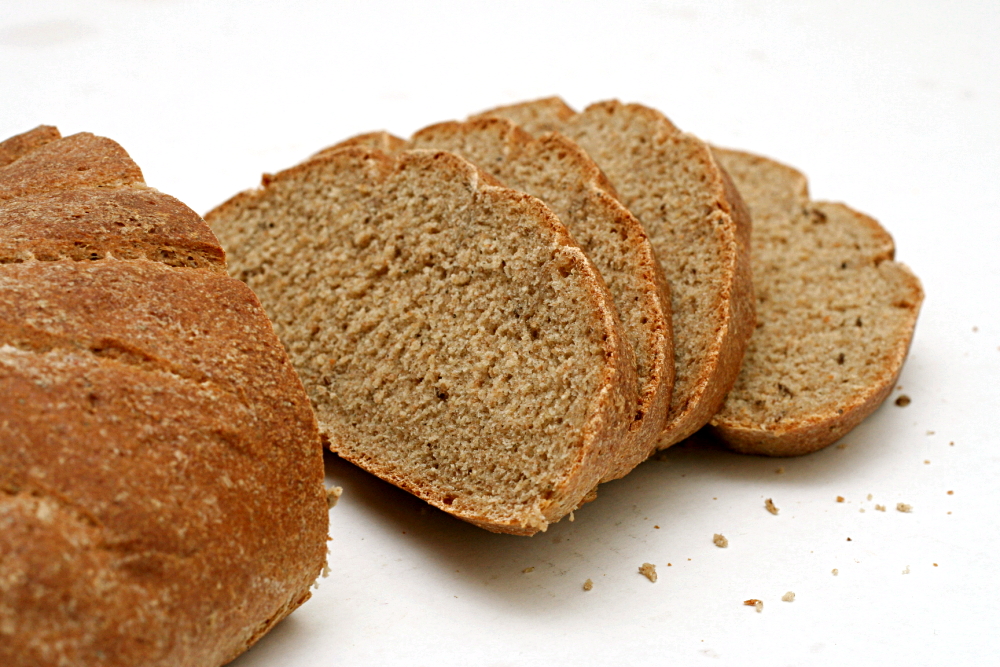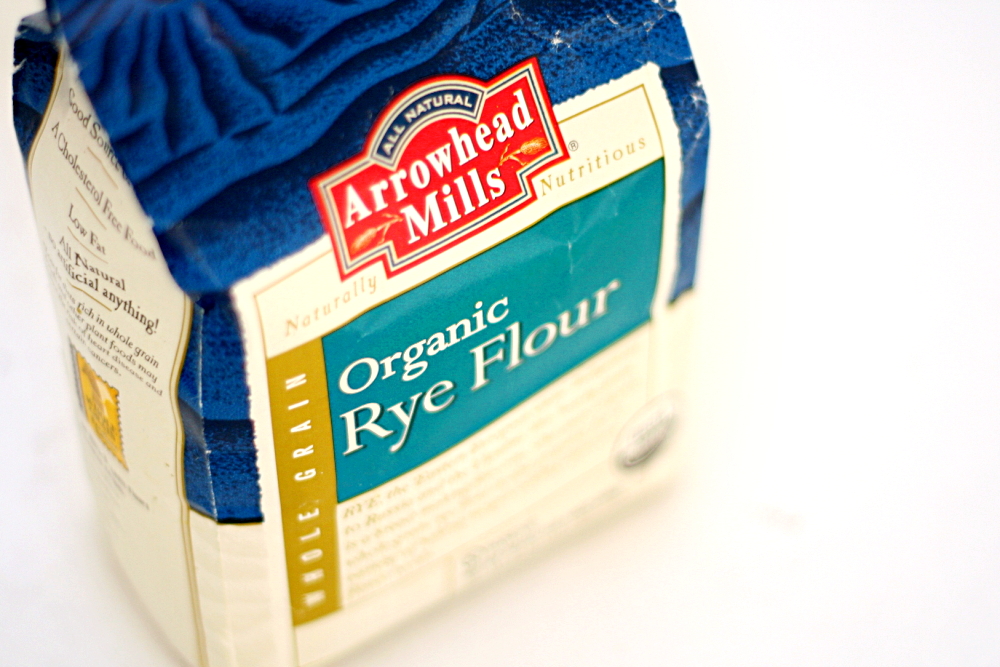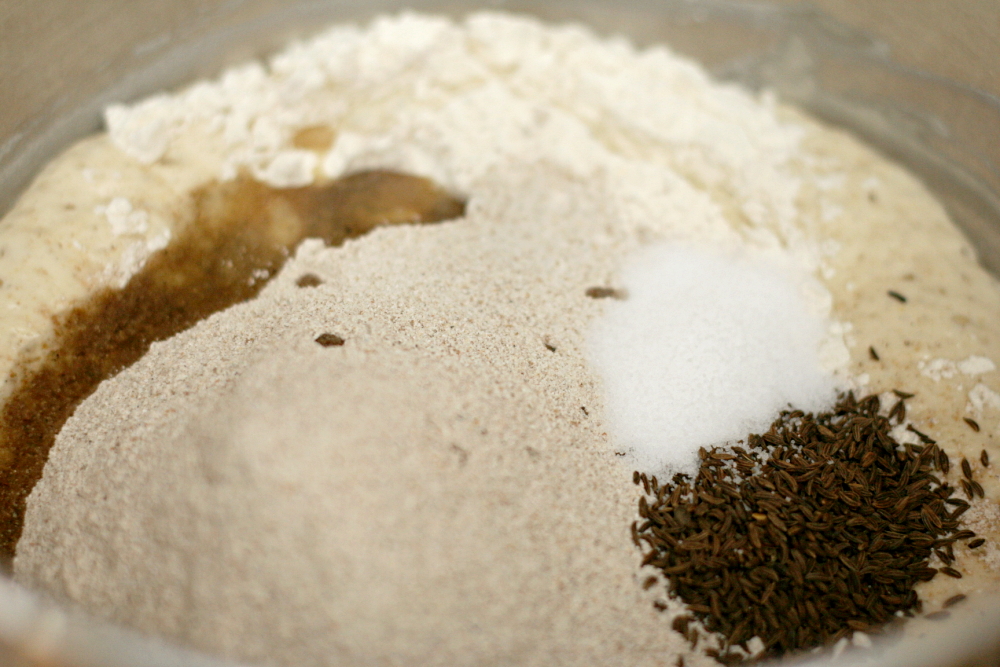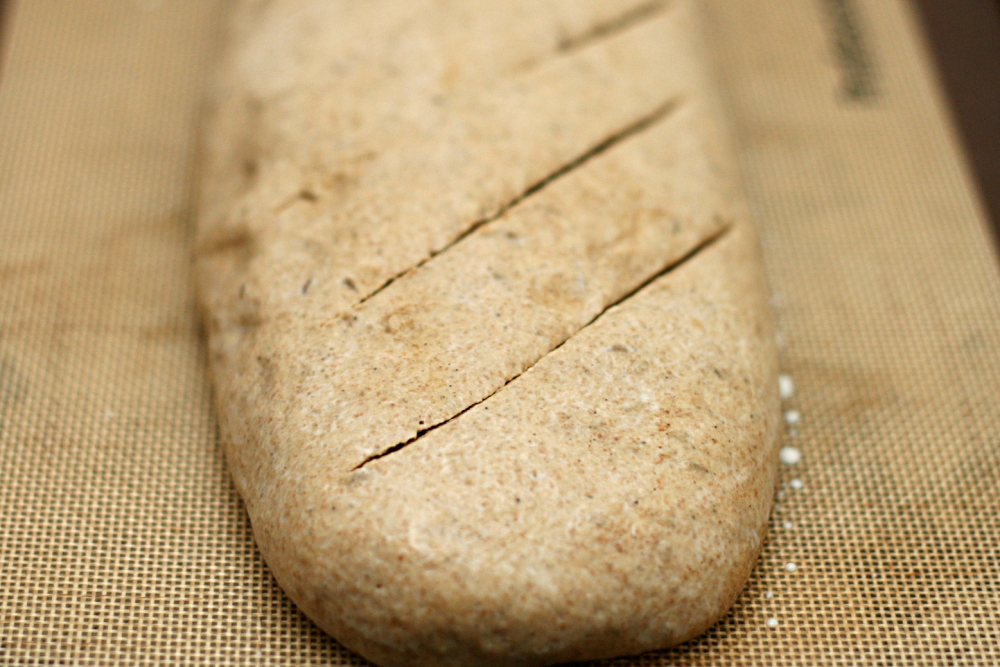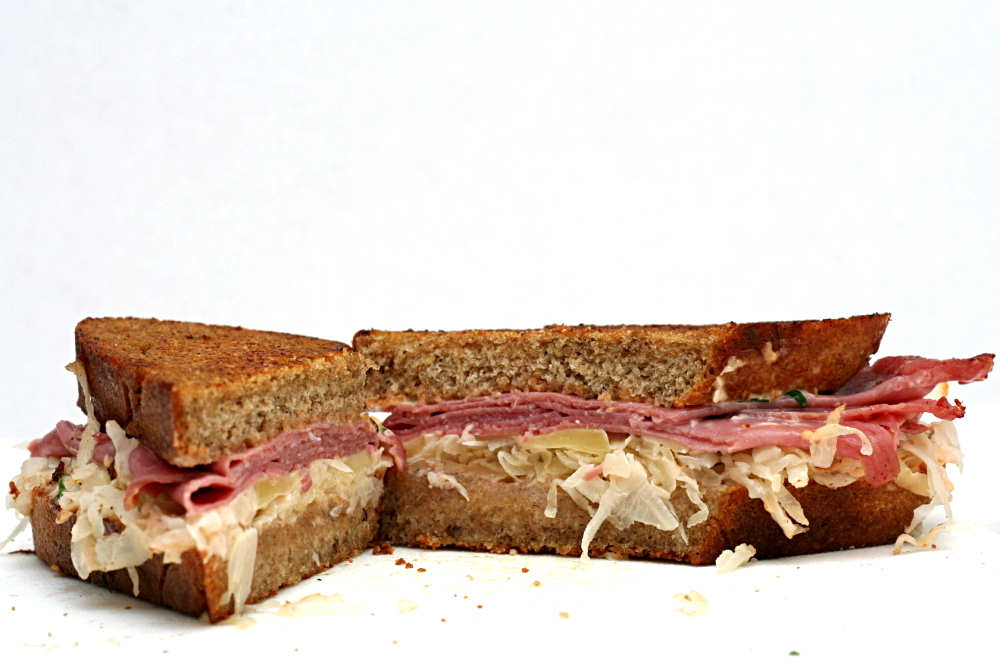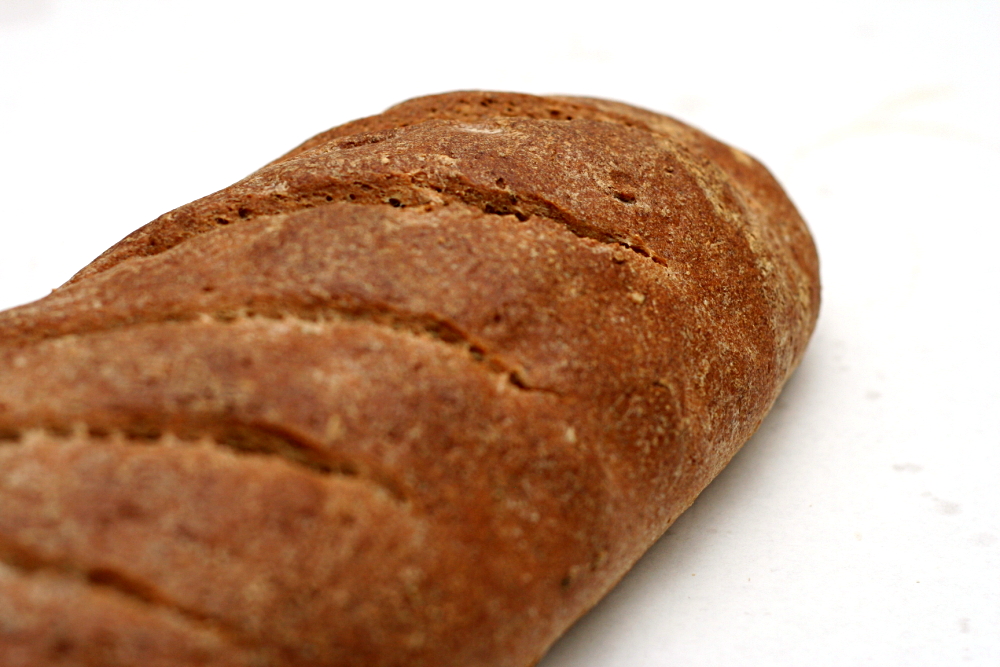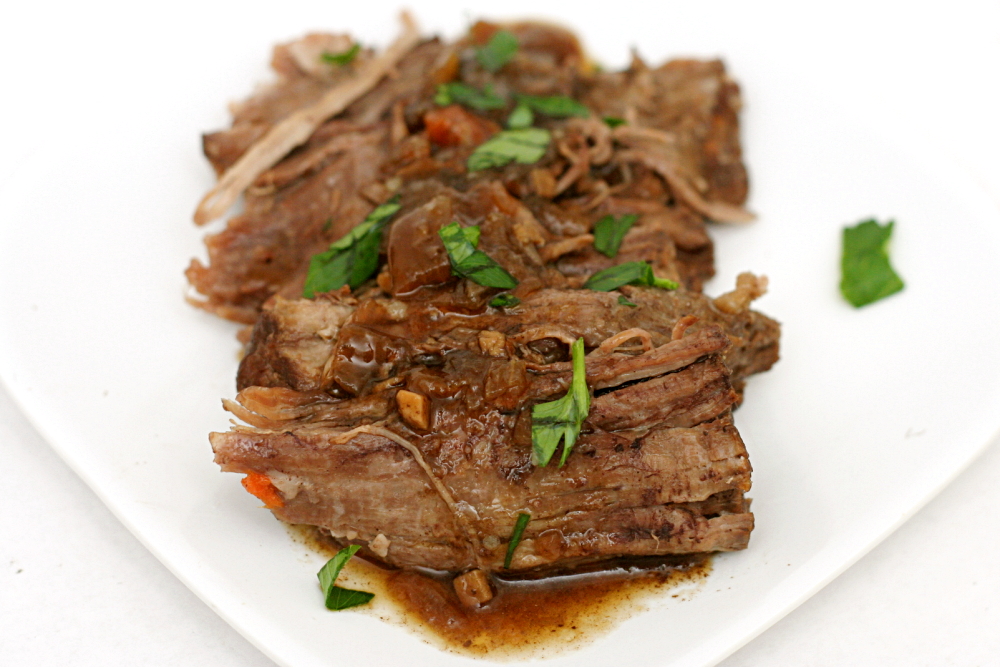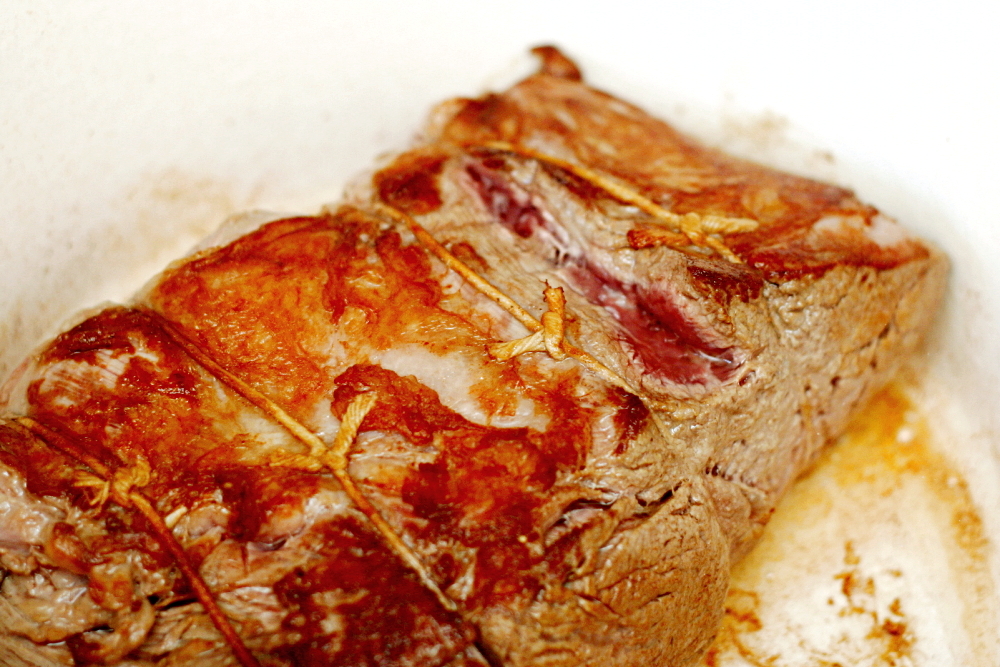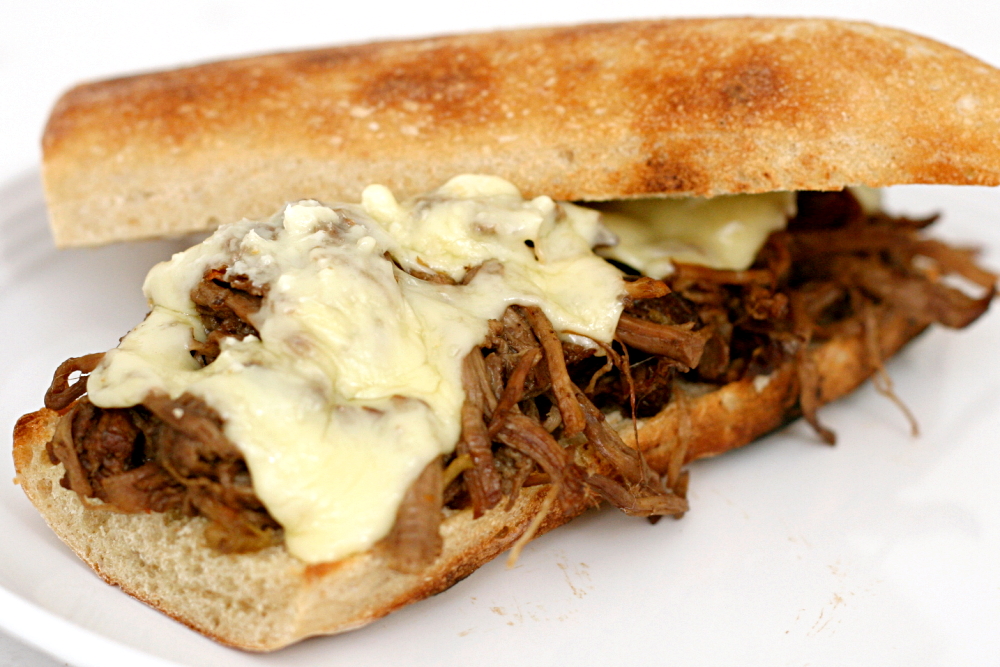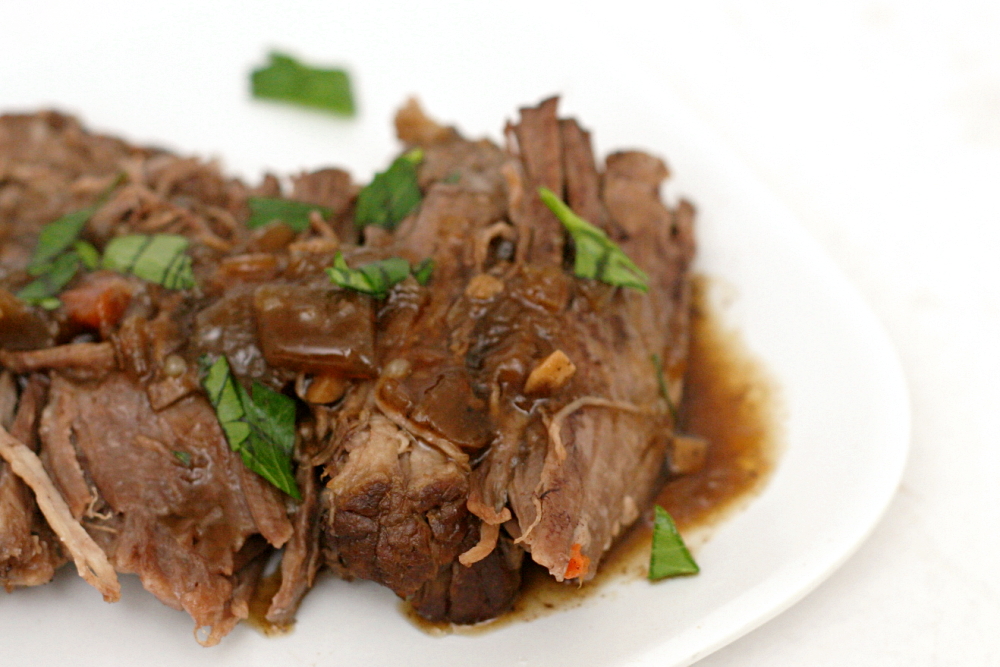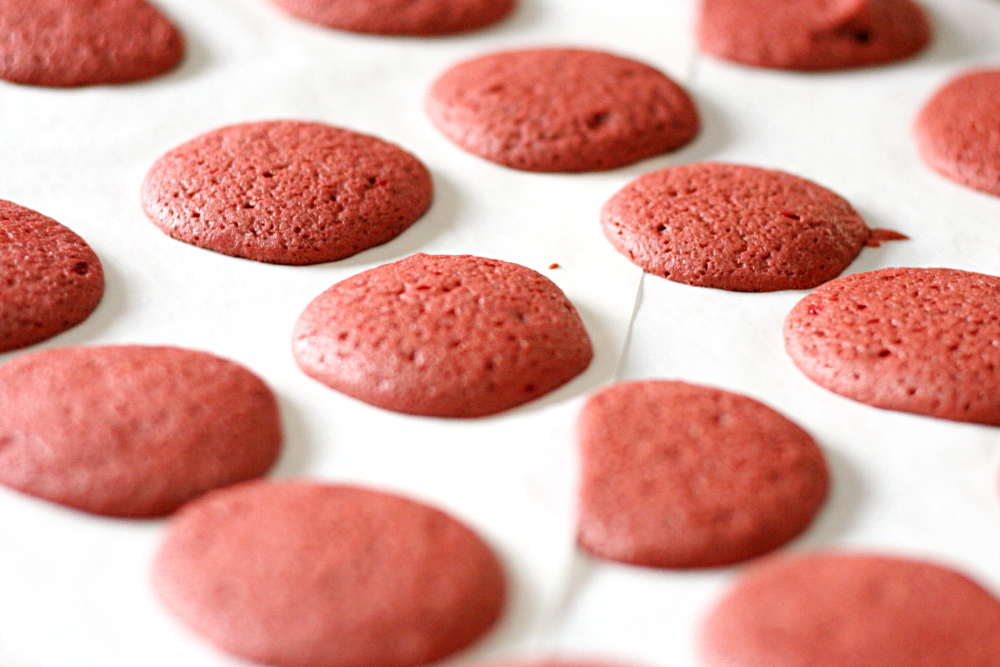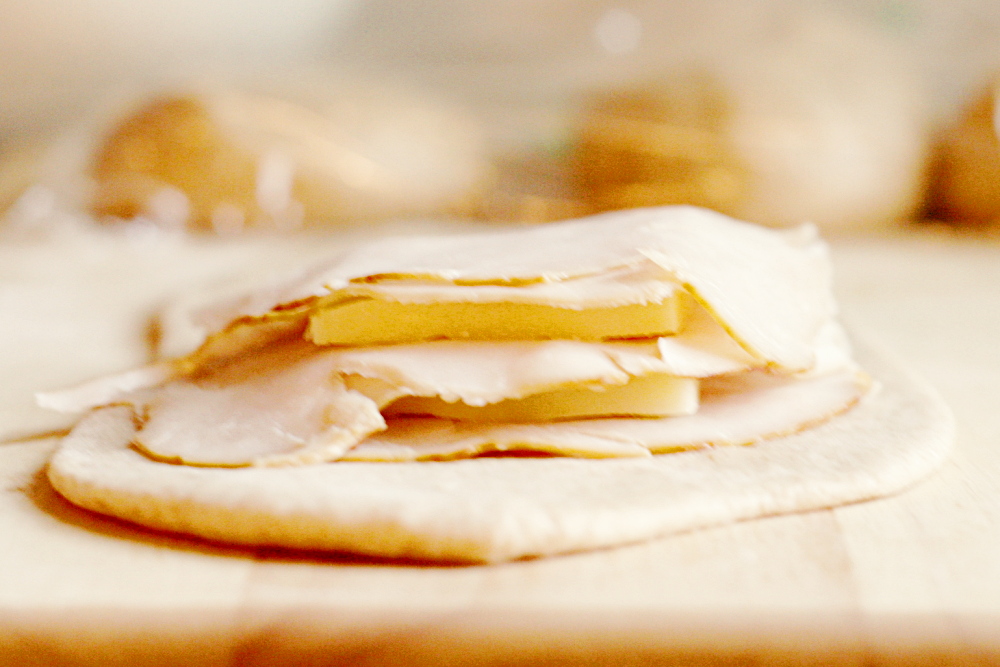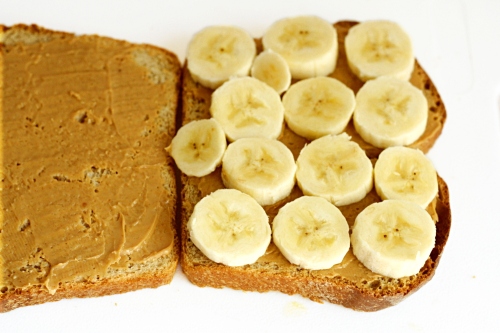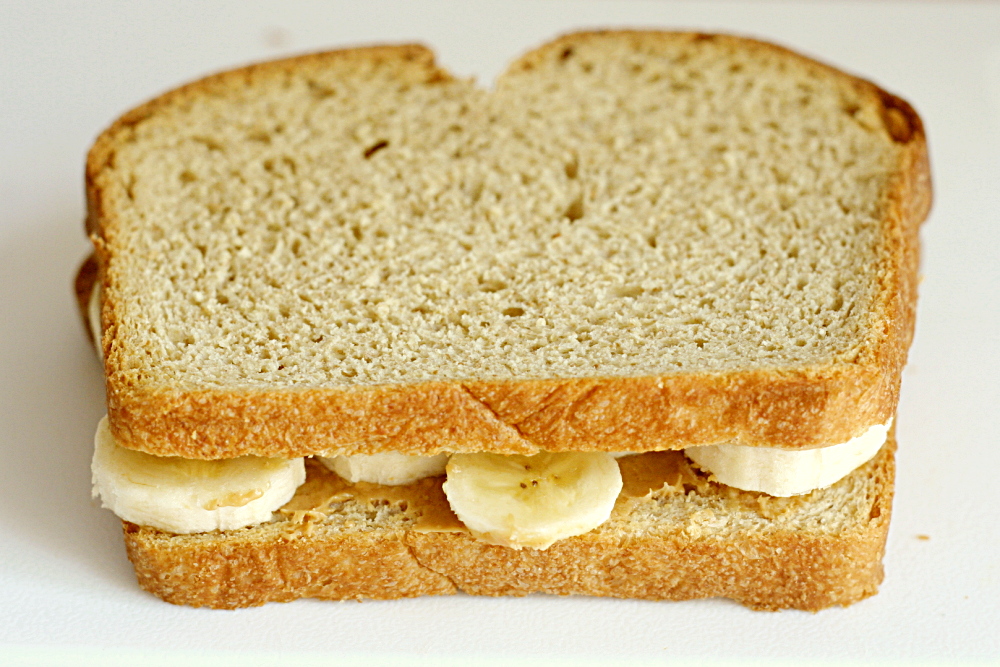I wouldn’t say that I get tired of pizza, but with nothing to break our Friday night pizza routine lately, I thought a break might be in order. I considered some of my other favorite take-out options that I could make at home and decided, mm, big cheesy toasted sandwiches.
As much as I love a bunch of different spicy meats (my god, I cannot avoid the innuendos around here lately) on a sandwich, Dave and I had a lot of meat plans (ack) for the weekend already. Plus, I was pretty sure I could make a vegetarian sandwich every bit as good as my favorite carnivorous version.
Maybe you don’t need a recipe for a veggie sandwich – just put your favorite vegetables on bread, right – but I looked around for one anyway and found several. Most were based on eggplant and zucchini, which…eh. I don’t know. Maybe that’s a little too earnest for a Friday night. I wanted a meatier vegetarian sandwich.
So mushrooms were in, of course, as well as caramelized shallots and roasted red peppers. I added the out-of-season mealy tomatoes simply because it seems traditional on a toasted sub, but I think chopped sun-dried tomatoes mixed with the other vegetables would be more flavorful.
Bread topped with melted cheese, tomatoes, and vegetables is the perfect way to take a break from pizza, isn’t it? But with a sandwich this good, I didn’t miss my normal Friday night pizza at all.
One year ago: Crispy Bagel Sushi Roll
Two years ago: Queso, Sun-Dried Tomato Dip
Printer Friendly Recipe
Toasted Vegetable Subs
Serves 4
2 red bell peppers
2 tablespoons olive oil
6 large shallots, peeled and sliced 1/8-inch thick
salt
8 ounces mushrooms, sliced 1/8-inch thick
ground black pepper
4 large sub/hoagie rolls, halved lengthwise
mayonnaise
mustard
1 roma tomato, sliced then or 8 sun-dried tomatoes, diced small
4 ounces sliced provolone
1. Adjust a rack to the upper-middle position and heat the broiler. Line a baking sheet with foil. Cut a ½-inch slice from the top and bottom of the red peppers. Remove the seeds; cut the middle section of the pepper in half from top to bottom; cut out the veins. Place the pepper skin-side up on the prepared baking sheet and broil until the skin is blistered and black, about 15 minutes. Remove the peppers from the oven and place them in a medium bowl. Cover the bowl and let the peppers steam for at least 10 minutes to loosen the skin. Leave the broiler on.
2. Meanwhile, heat 1 tablespoon oil in a medium nonstick skillet over medium-high heat. Add the shallots and ½ teaspoon salt; sauté, stirring constantly, until the shallots just start to brown. Reduce the heat to medium-low and continue to cook, stirring occasionally, until the shallots are golden to dark brown, about 15 minutes. Scrape them from the skillet to a medium bowl.
3. Heat the remaining 1 tablespoon oil in the same skillet (there’s no need to wash it) over medium-high heat. Add the mushrooms and ½ teaspoon salt and sauté, stirring constantly, until browned, about 3 minutes. Scrape them into the bowl with the shallots. Season the mixture with ground black pepper.
4. Peel the skin from the red pepper’s flesh and cut the flesh into 1/8-inch slices. Add it to the bowl with the mushrooms and shallots. If you’re using sun-dried tomatoes, add those to the bowl as well.
5. Spread a thin layer of mayonnaise, then mustard, over both sides of the rolls. Divide the vegetable mixture evenly between the bottom pieces of the rolls; top with the cheese. Arrange the slices of fresh tomato, if using, on the top piece of the sandwich bread. Place the sandwiches on a baking sheet, with the tomato and cheese facing up.
6. Broil until the cheese is melted and the bread is slightly toasted, 3-5 minutes. Let the sandwiches cool for a few minutes before serving.

